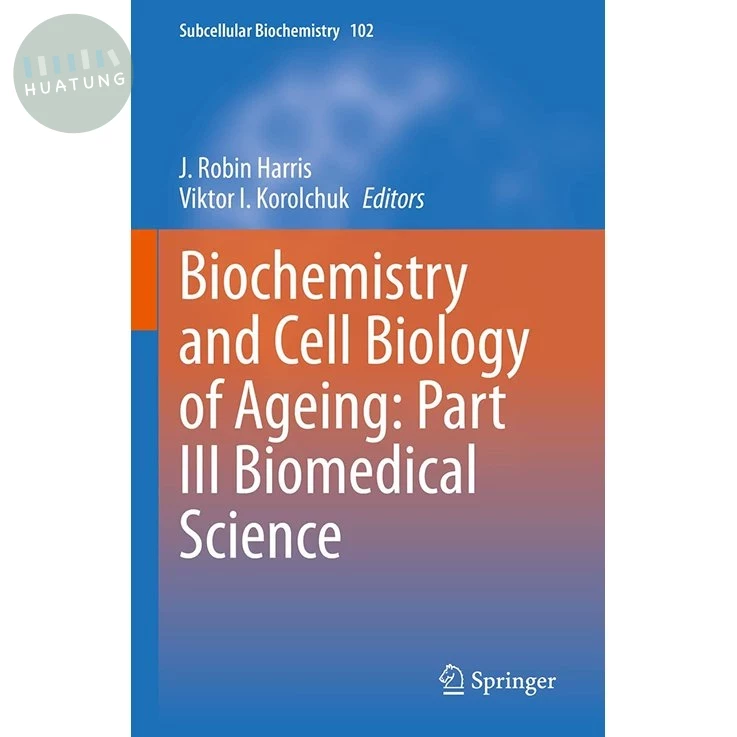
| 定價: | ||||
| 售價: | 2100元 | |||
| 庫存: | 已售完 | |||
| LINE US! | 詢問這本書 團購優惠、書籍資訊 等 | |||
| 此書籍已售完,調書籍需2-5工作日。建議與有庫存書籍分開下單 | ||||
| 付款方式: | 超商取貨付款 |

|
|
| 信用卡 |

|
||
| 線上轉帳 |

|
||
| 物流方式: | 超商取貨 | ||
| 宅配 | |||
| 門市自取 |
為您推薦
![(特價書 99 ) Plant Cell Biology: A Practical Approach (The Practical Approach, No 139) [Paperback]](https://d1zva6hgripypz.cloudfront.net/Front/Image/NotFound/no_image.jpg)
類似書籍推薦給您

類似書籍推薦給您

類似書籍推薦給您
Much research has focused on the basic cellular and molecular biological aspects of stem cells. Much of this research has been fueled by their potential for use in regenerative medicine applications, which has in turn spurred growing numbers of translational and clinical studies. However, more work is needed if the potential is to be realized for improvement of the lives and well-being of patients with numerous diseases and conditions. This book series 'Cell Biology and Translational Medicine (CBTMED)' as part of Springer Nature’s longstanding and very successful Advances in Experimental Medicine and Biology book series, has the goal to accelerate advances by timely information exchange. Emerging areas of regenerative medicine and translational aspects of stem cells are covered in each volume. Outstanding researchers are recruited to highlight developments and remaining challenges in both the basic research and clinical arenas. This current book is the 20th volume of acontinuing series.

類似書籍推薦給您
This book provides a state-of-the-art overview of key areas of subcellular aging research in human cells. The reader is introduced to the historical development and progress in biomedical aging research and learns, for example, about the role of microRNAs, circRNAs, mitochondria and extracellular vesicles in cellular senescence. The reader will also learn more about how gap junctions, the nuclear pore complex and the proteasome are affecting the ageing processes. In addition, novel therapeutic opportunities through modulation of cellular senescence are discussed. The book follows on from Parts I and II of Biochemistry and Cell Biology of Ageing (Volumes 90 and 91 of the Subcellular Biochemistry book series) by covering interesting and significant biomedical ageing topics not included in the earlier volumes. Comprehensive and cutting-edge, this book is a valuable resource for experienced researchers and early career scientist alike, who are interested in learning more about the fascinating and challenging question of why and how our cells age.